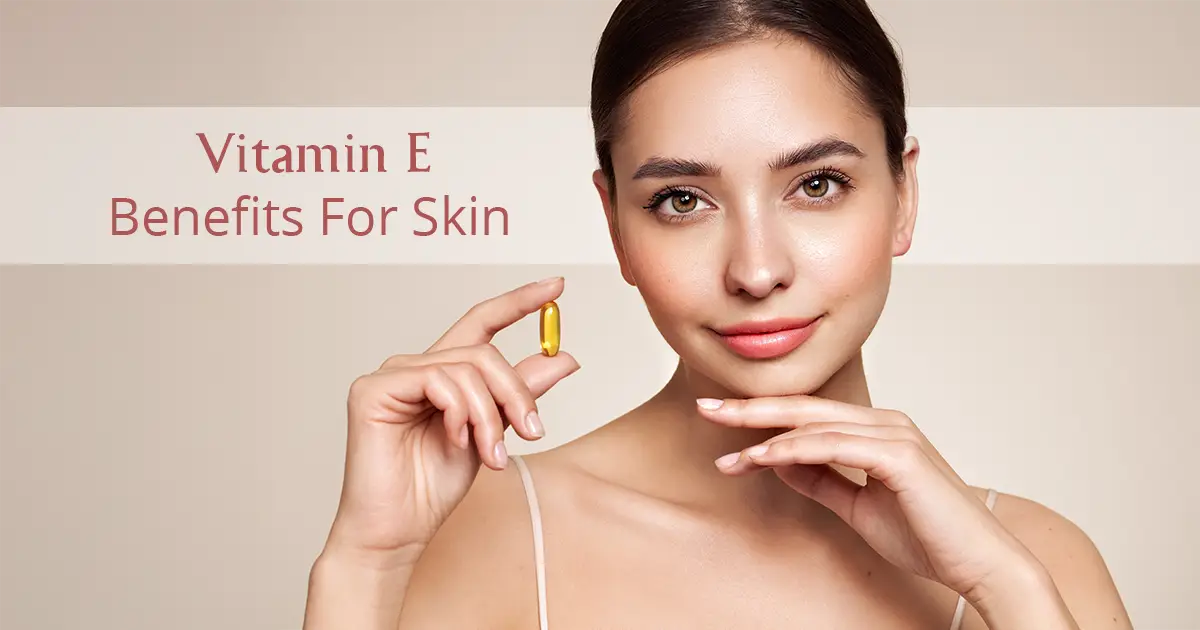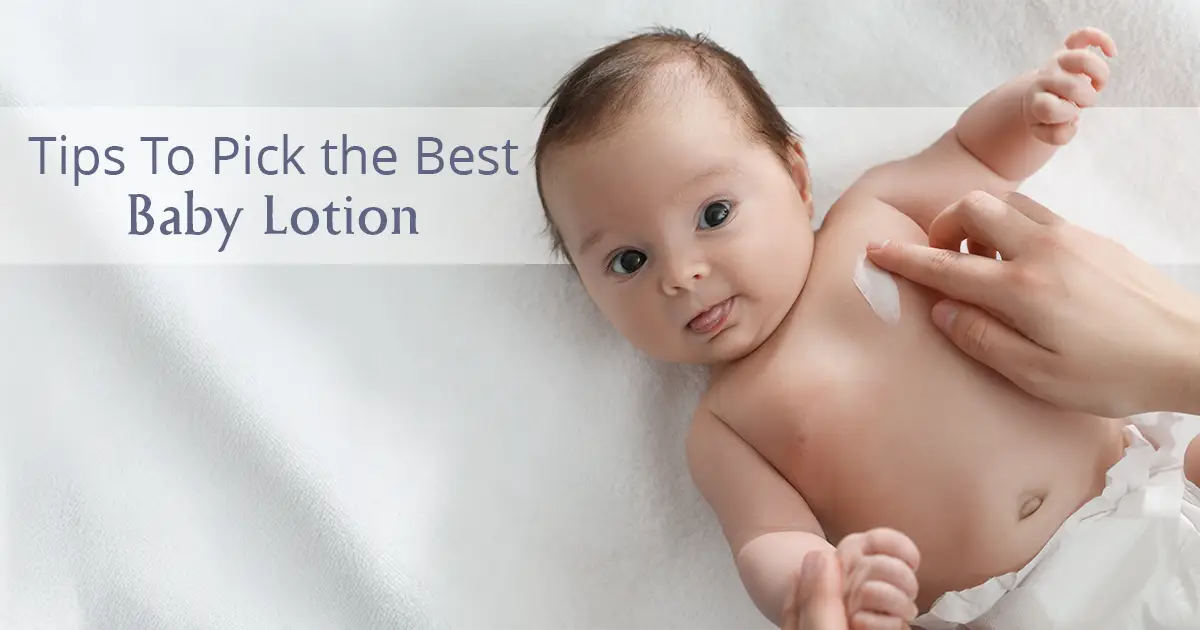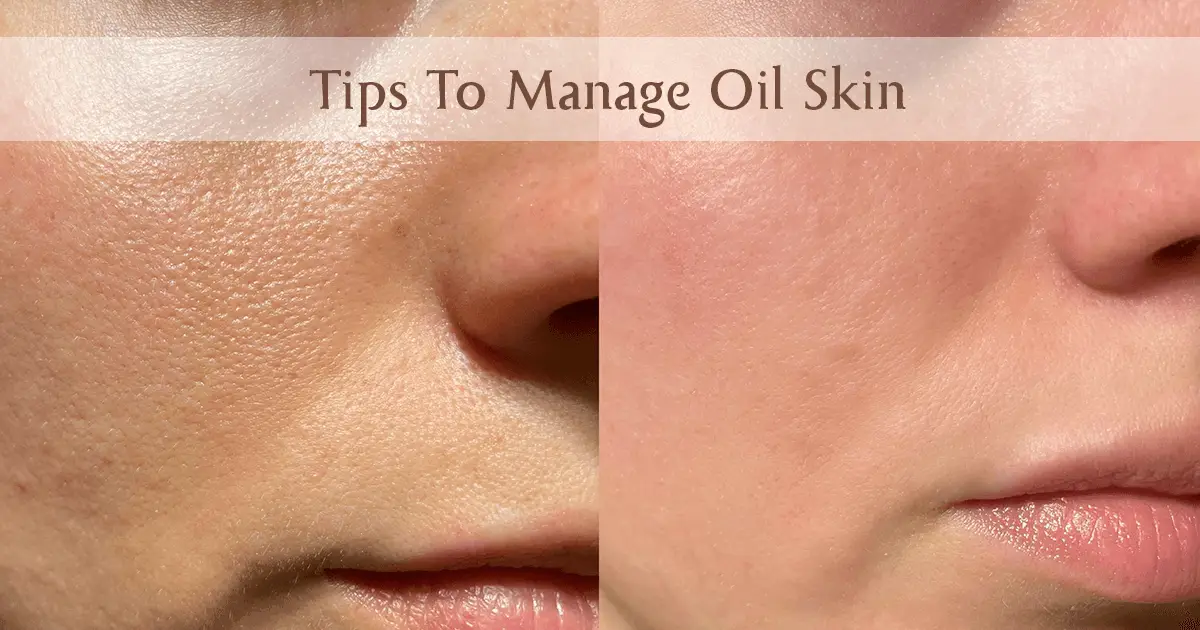
Anti-Aging Test

What Are Dermal Fibroblasts & Why We Use It?
How We Test The Anti-Aging Effect Of Our Products?

'Aging' The Cells

Day 1 begins with 'aging' the dermal fibroblasts through exposure to hydrogen peroxide. H₂O₂ induces oxidative stress on these cells, mimicking the oxidative environment of our aging skin. The reason we choose H₂O₂ as the pro-oxidant is that it's naturally produced by the dermal fibroblast in our skin during various physiological processes. Exposure to H₂O₂ causes them to develop premature senescence. These senesced cells lose their ability to produce collagen, leading to the breakdown of extracellular matrix. In simple words, they go from matrix-producing to matrix-degrading cells!

Testing The Product

Day 2 is when the anti-aging product starts to work its magic on the 'aged' cells. With the introduction of the test product and a cell media containing essential growth factors, these cells altertheir mRNA gene expression and start to go back to their young selves! Here's how that happens: Collagen and elastin production commences. Catalase regains its function breaking H₂O₂ into water & oxygen. Accumulated levels of ROS (reactive oxygen species) and free radicals go down. The level of skin-degrading enzyme collagenase goes down. The level of TIMP increases, inhibiting collagenase function. Activation of gene expression for the actin protein, which remains silent under normal conditions, helps regain contractile properties and elasticity.

Tracking The mRNA Levels of Collagen & Elastin

mRNA, temporary copies of our DNA, convey information to the cells on what kind of proteins, enzymes, etc., they should produce. We track these mRNA expression levels using RT-PCR technology specifically for collagen and elastin in cells that have been treated with our product.
What's The Final Result?
Pick From Our Range Of Tested Anti-aging Products Now
Blog
Product Related Topics







